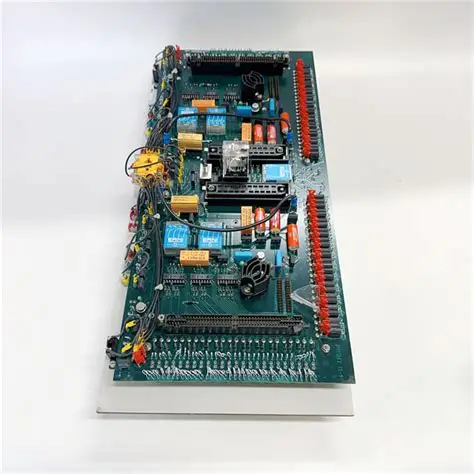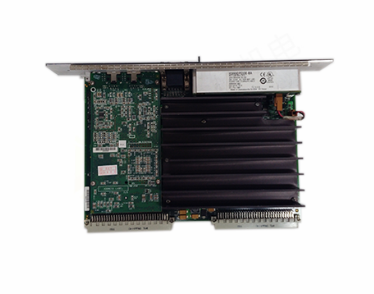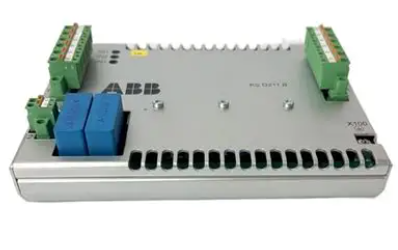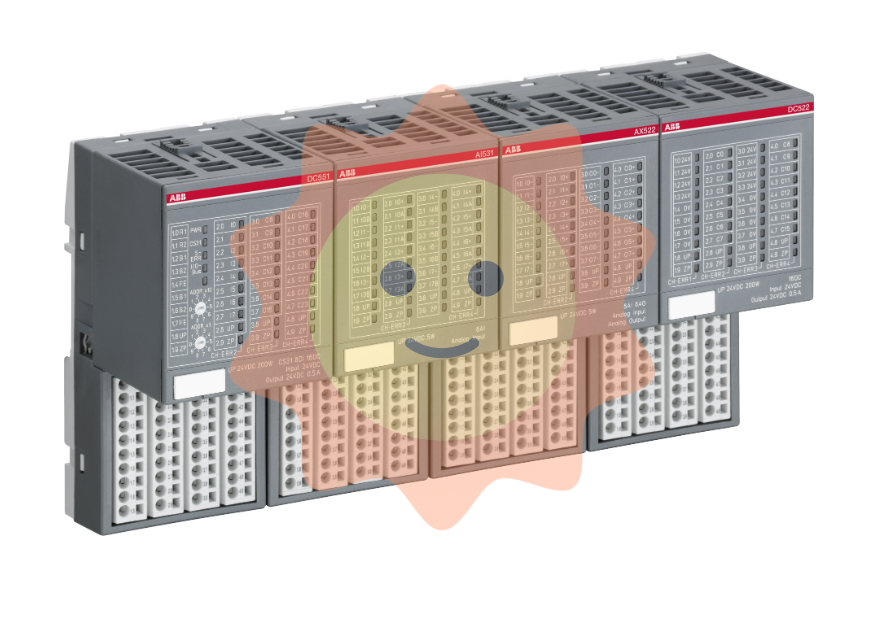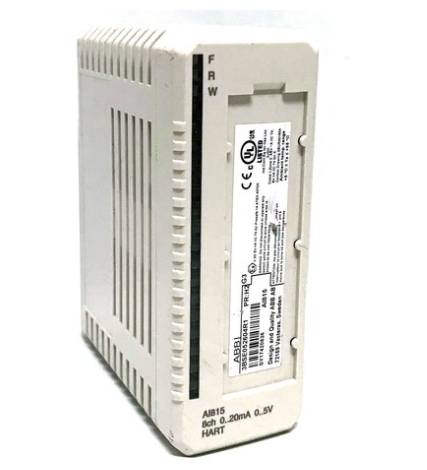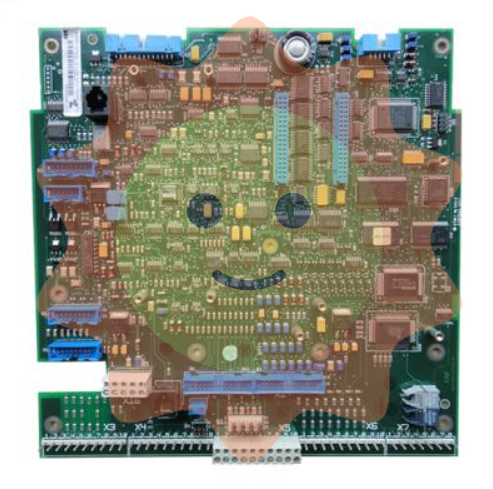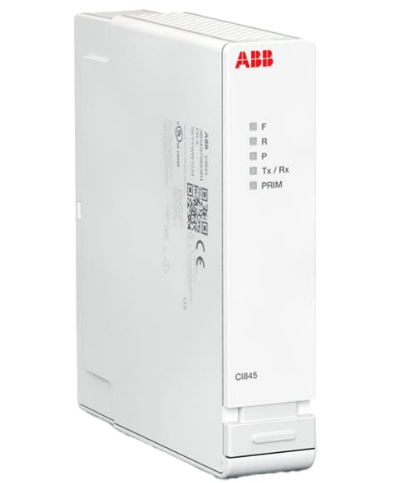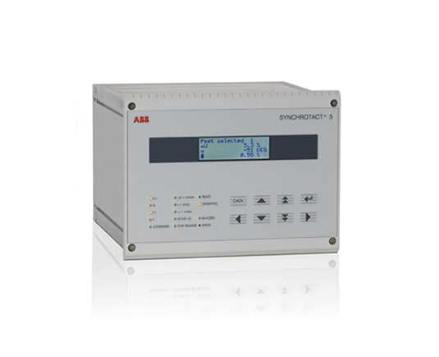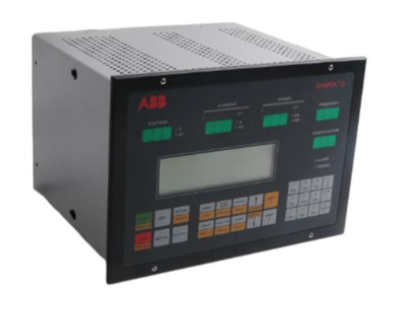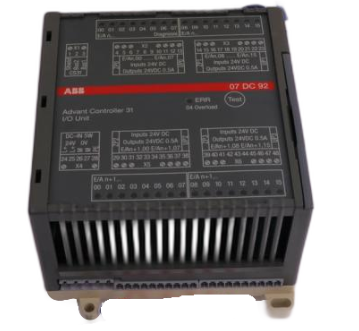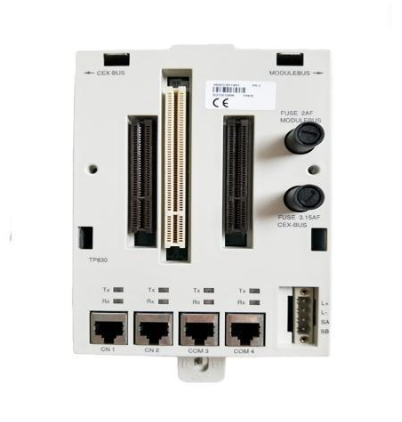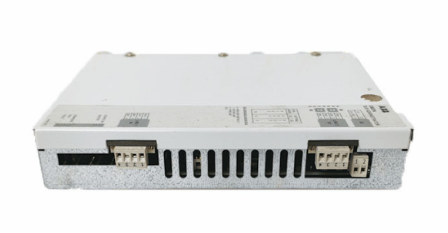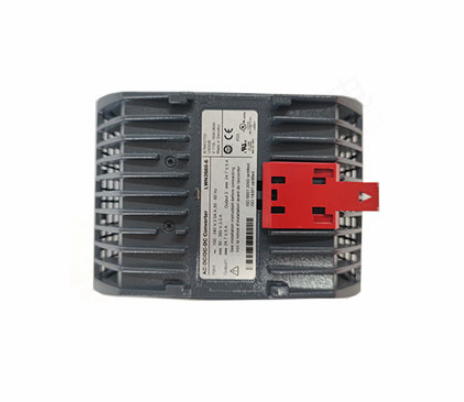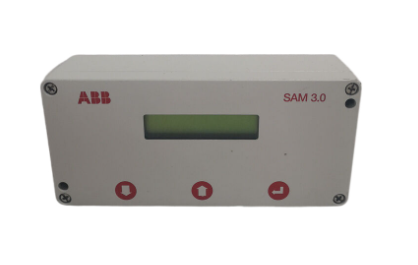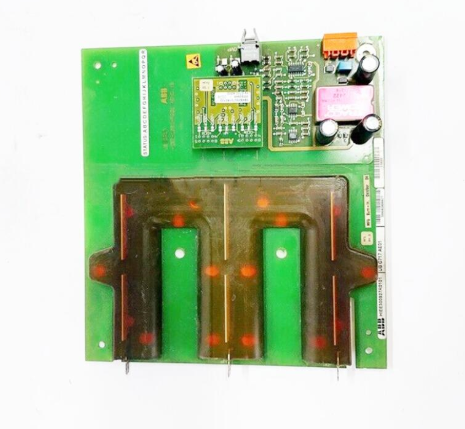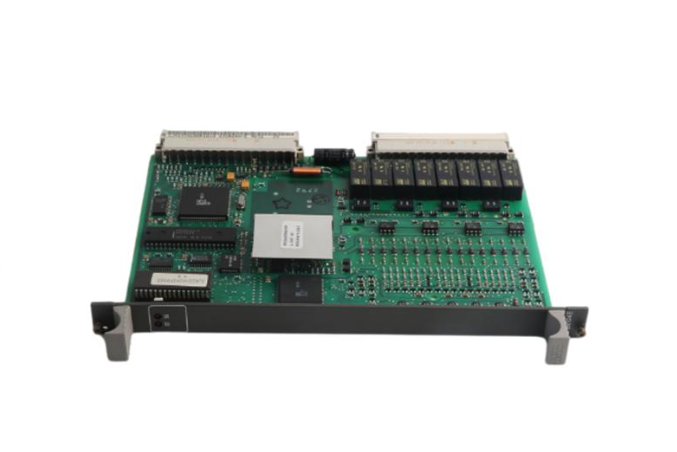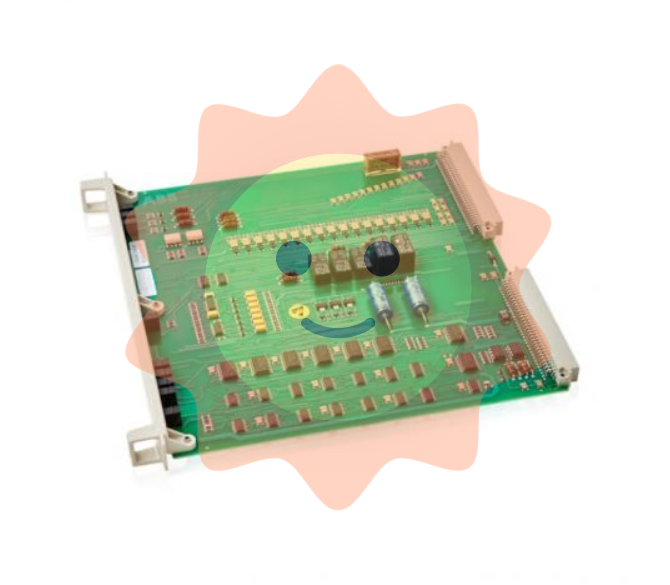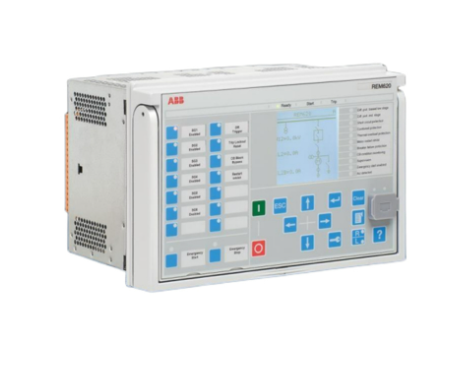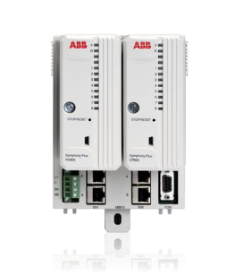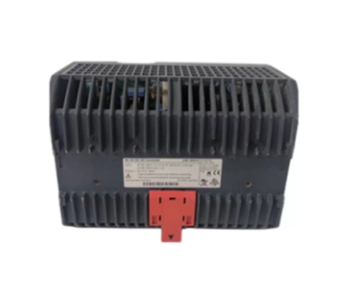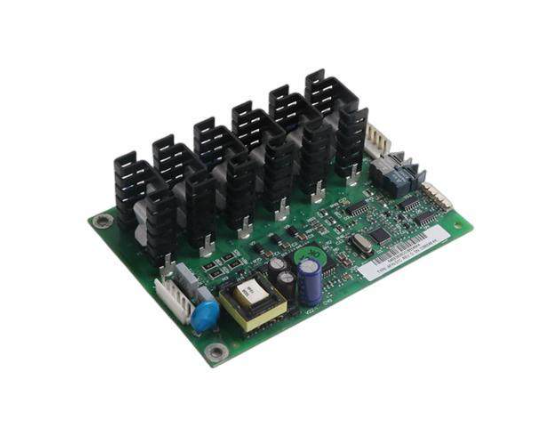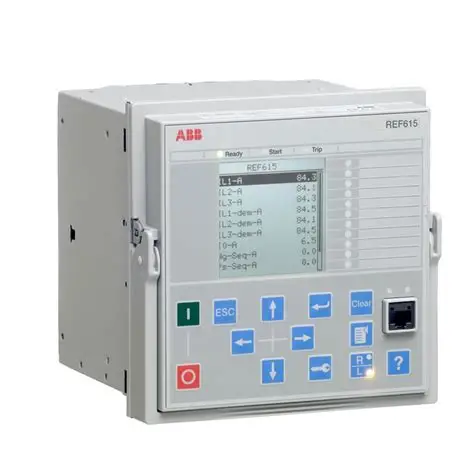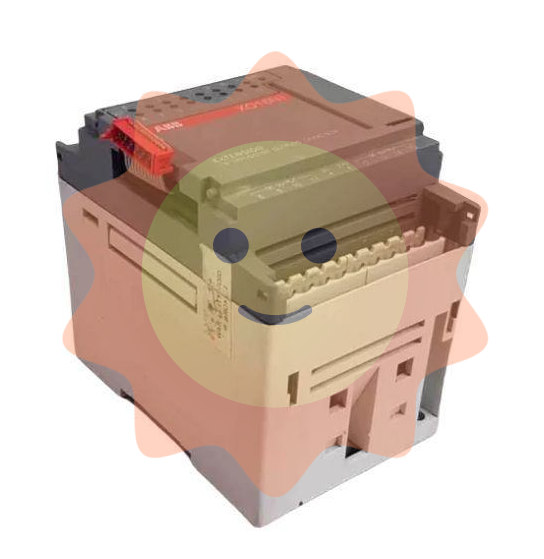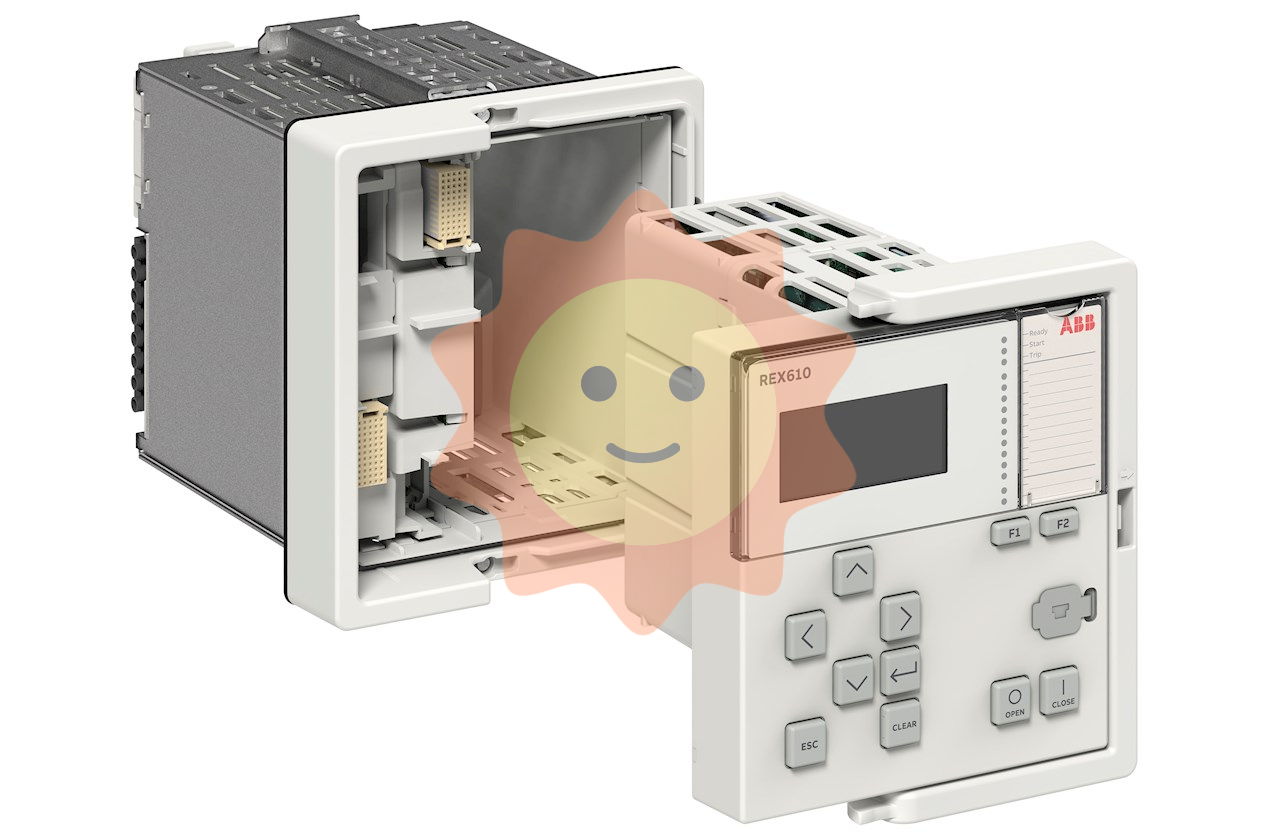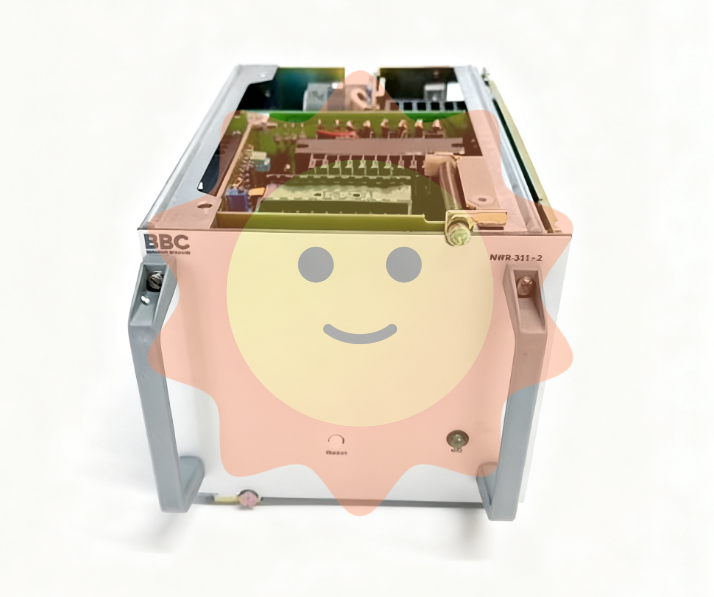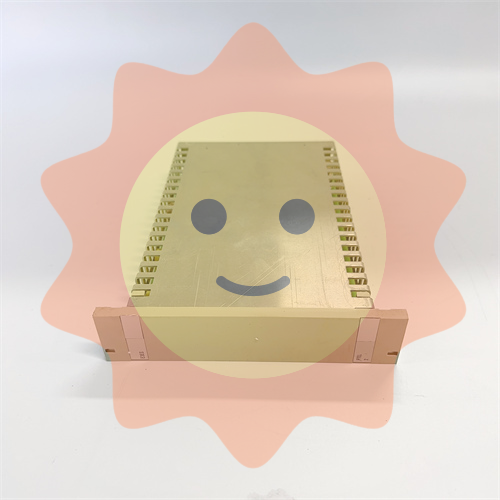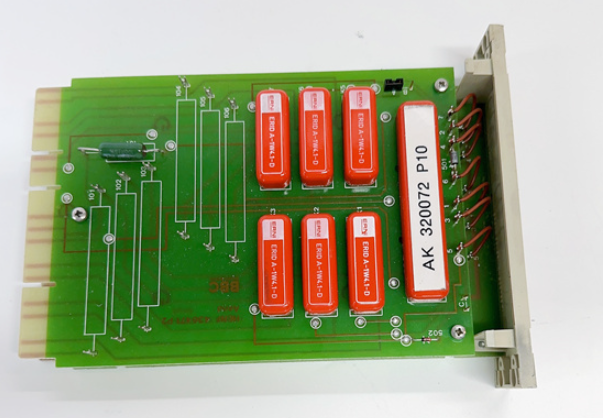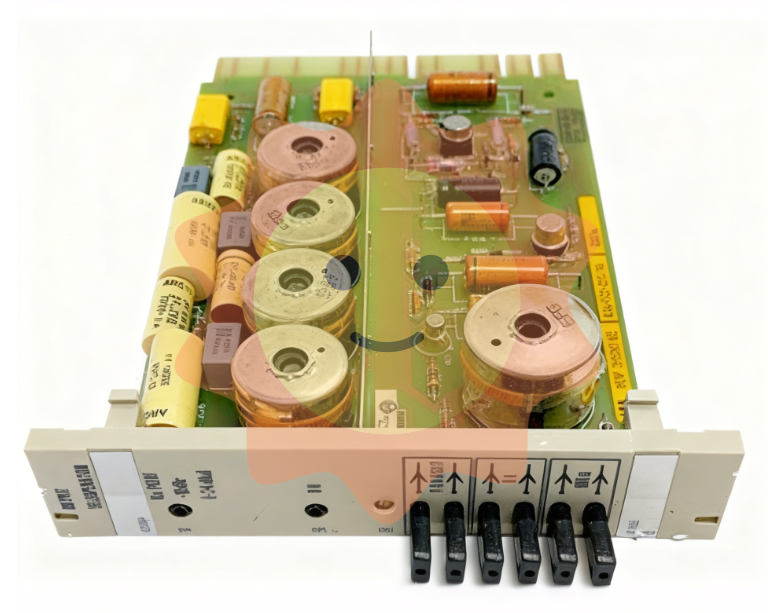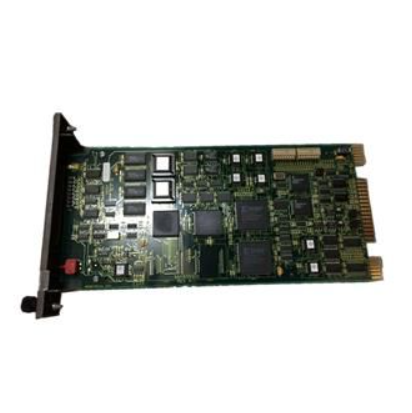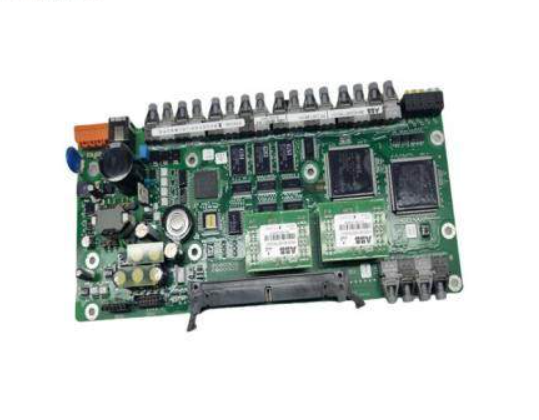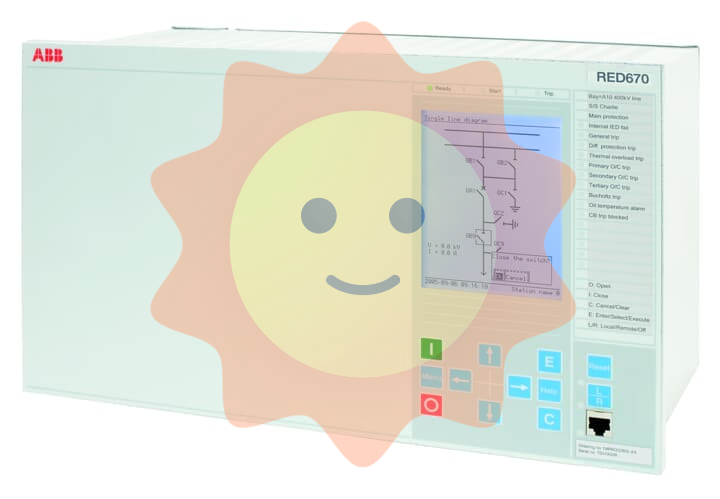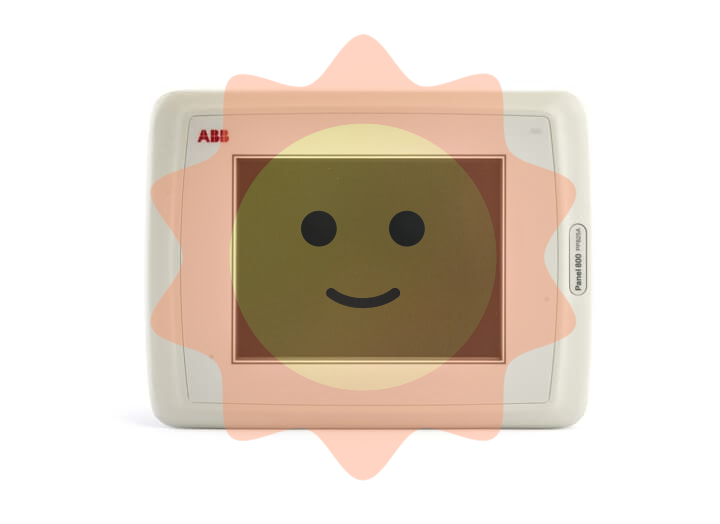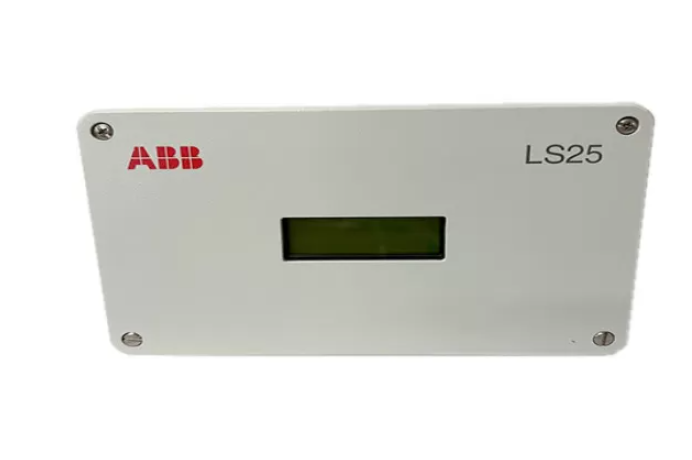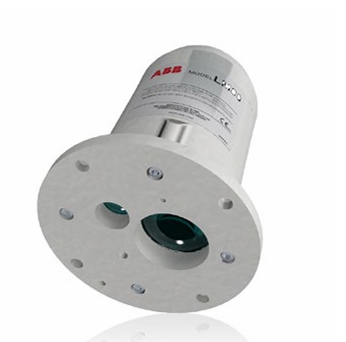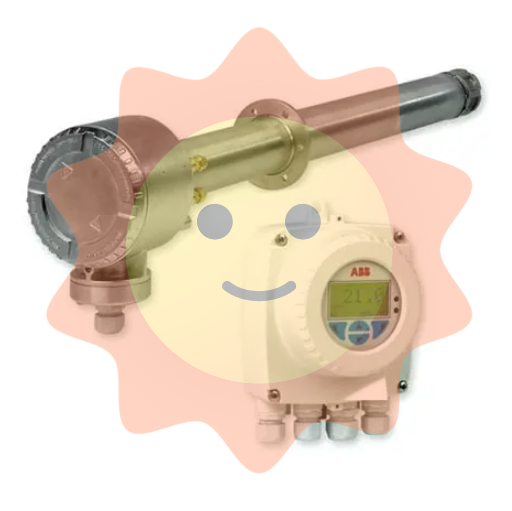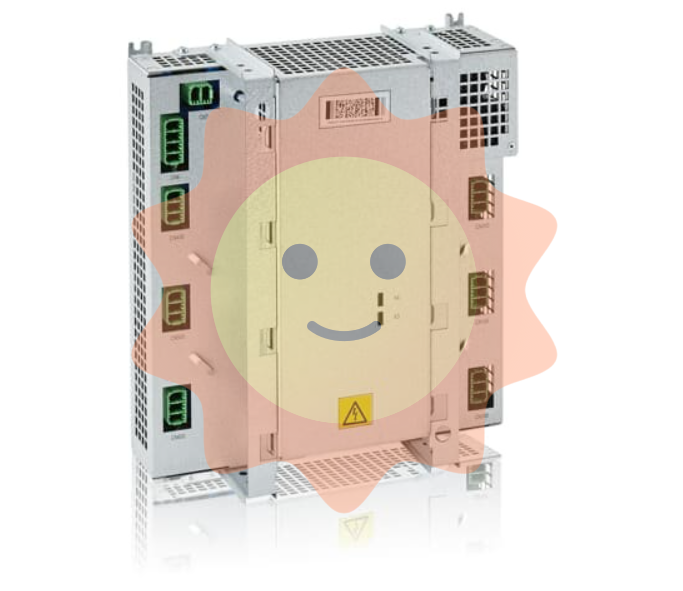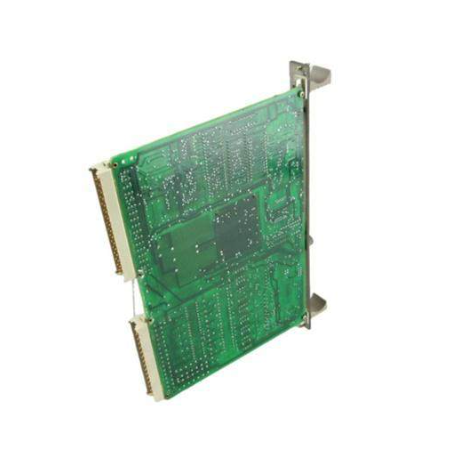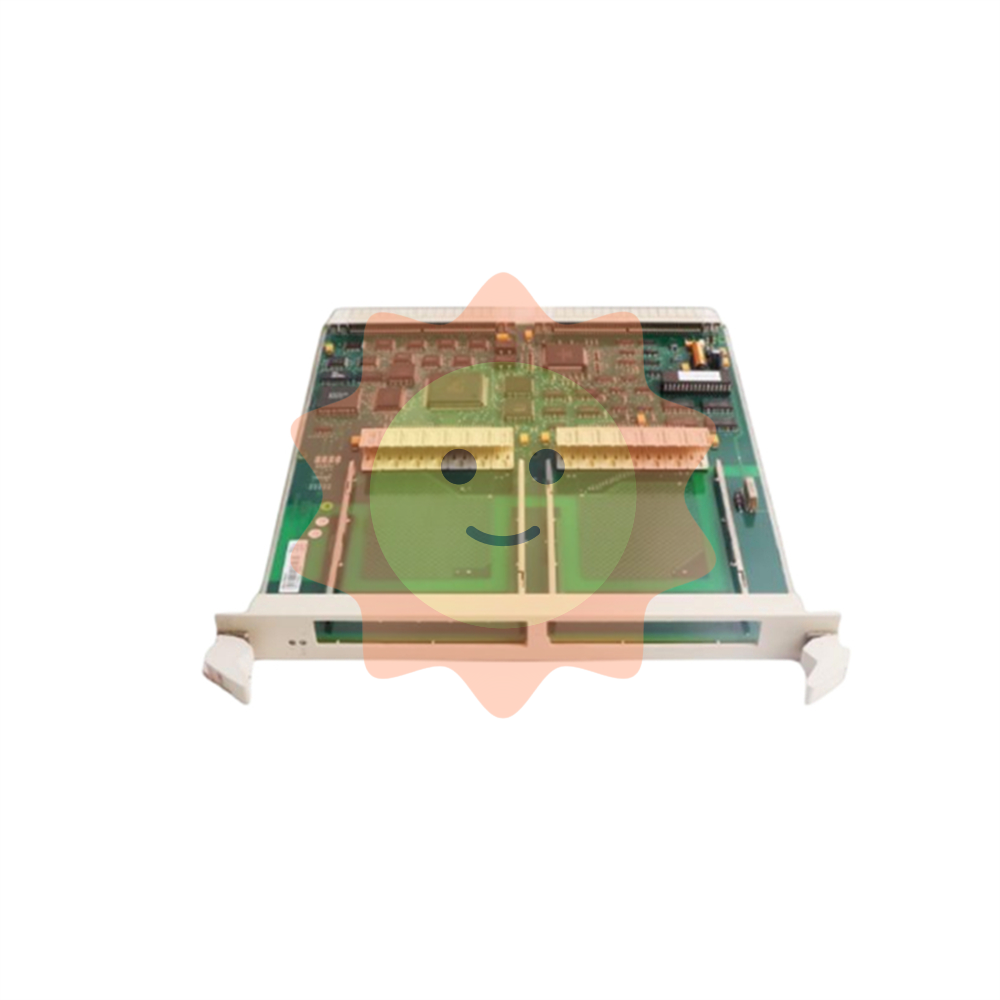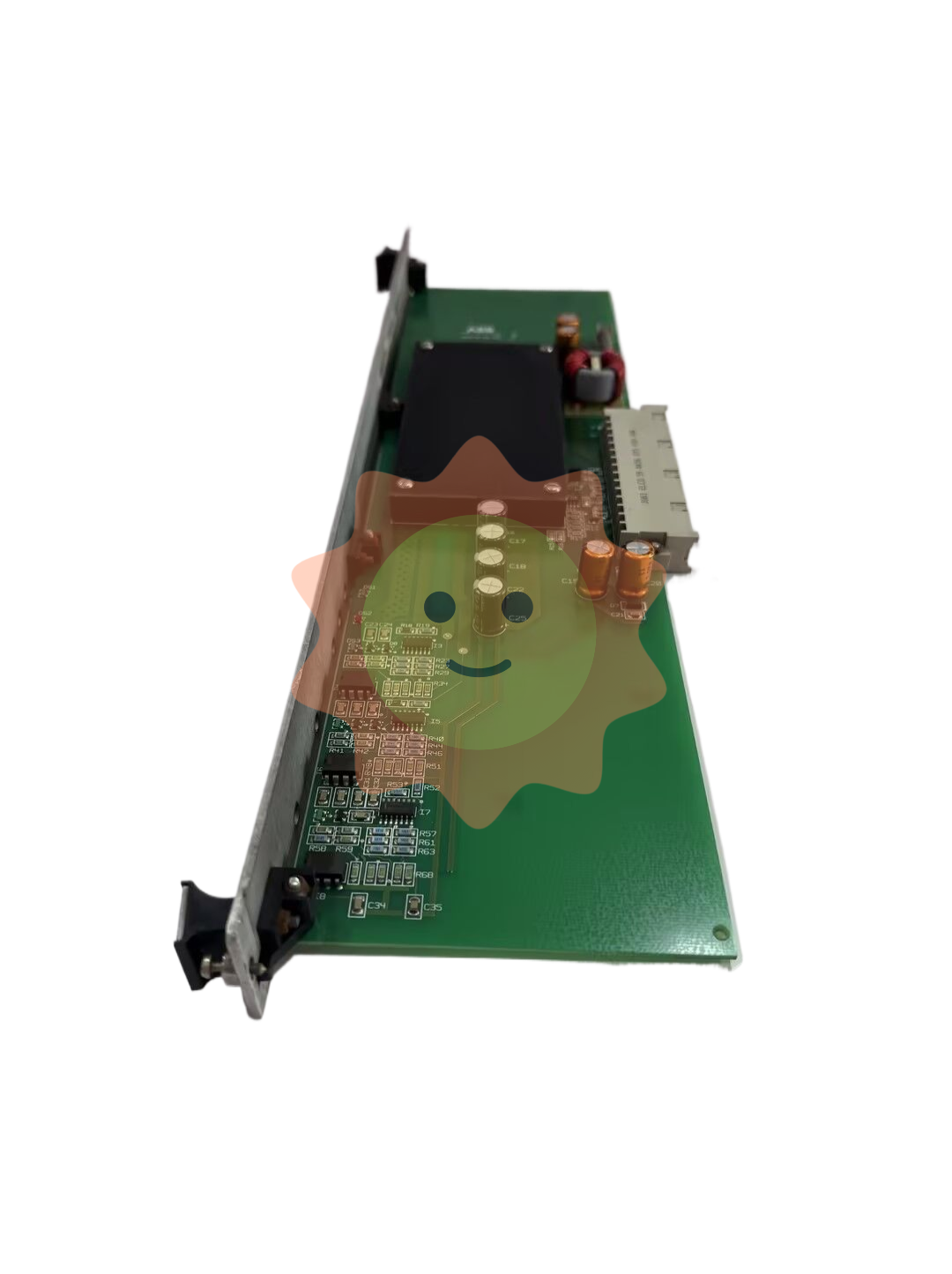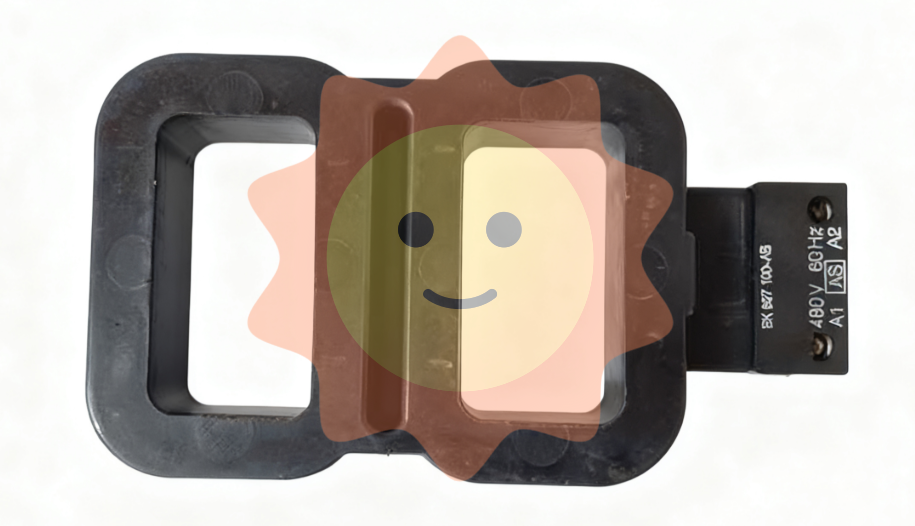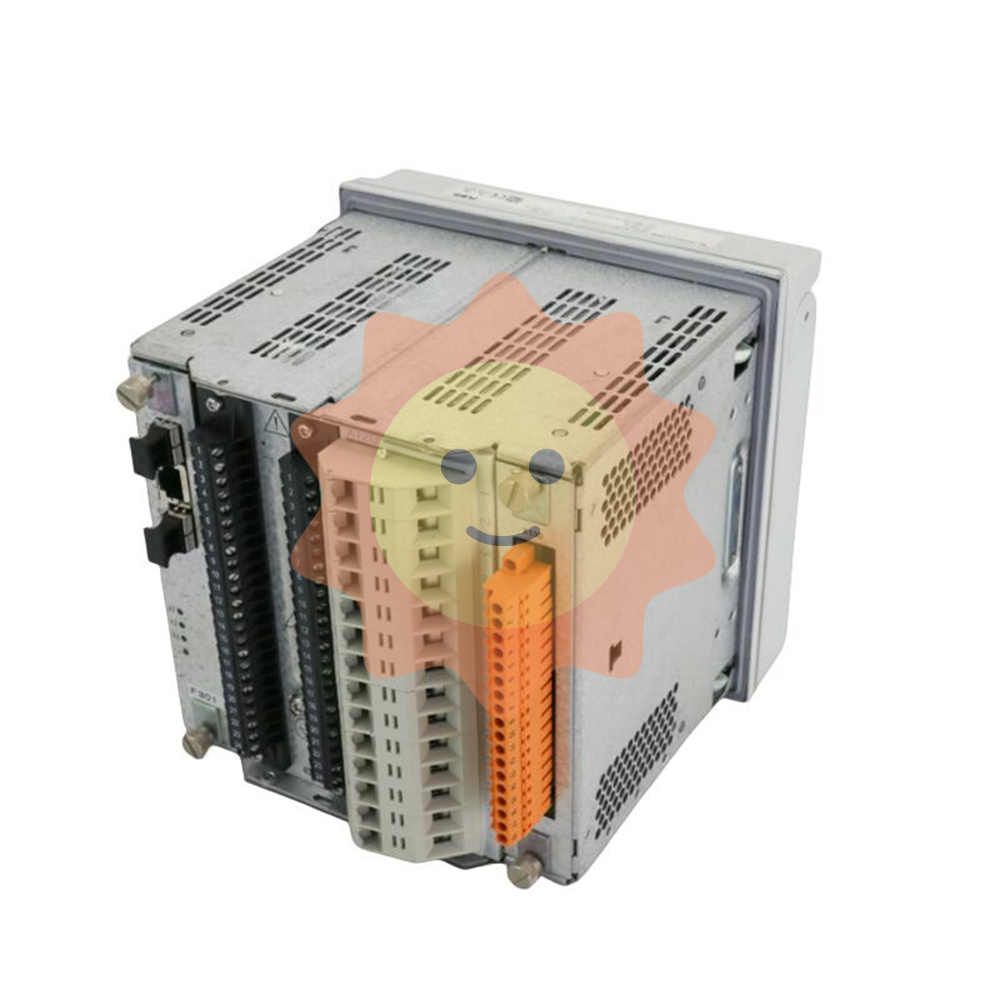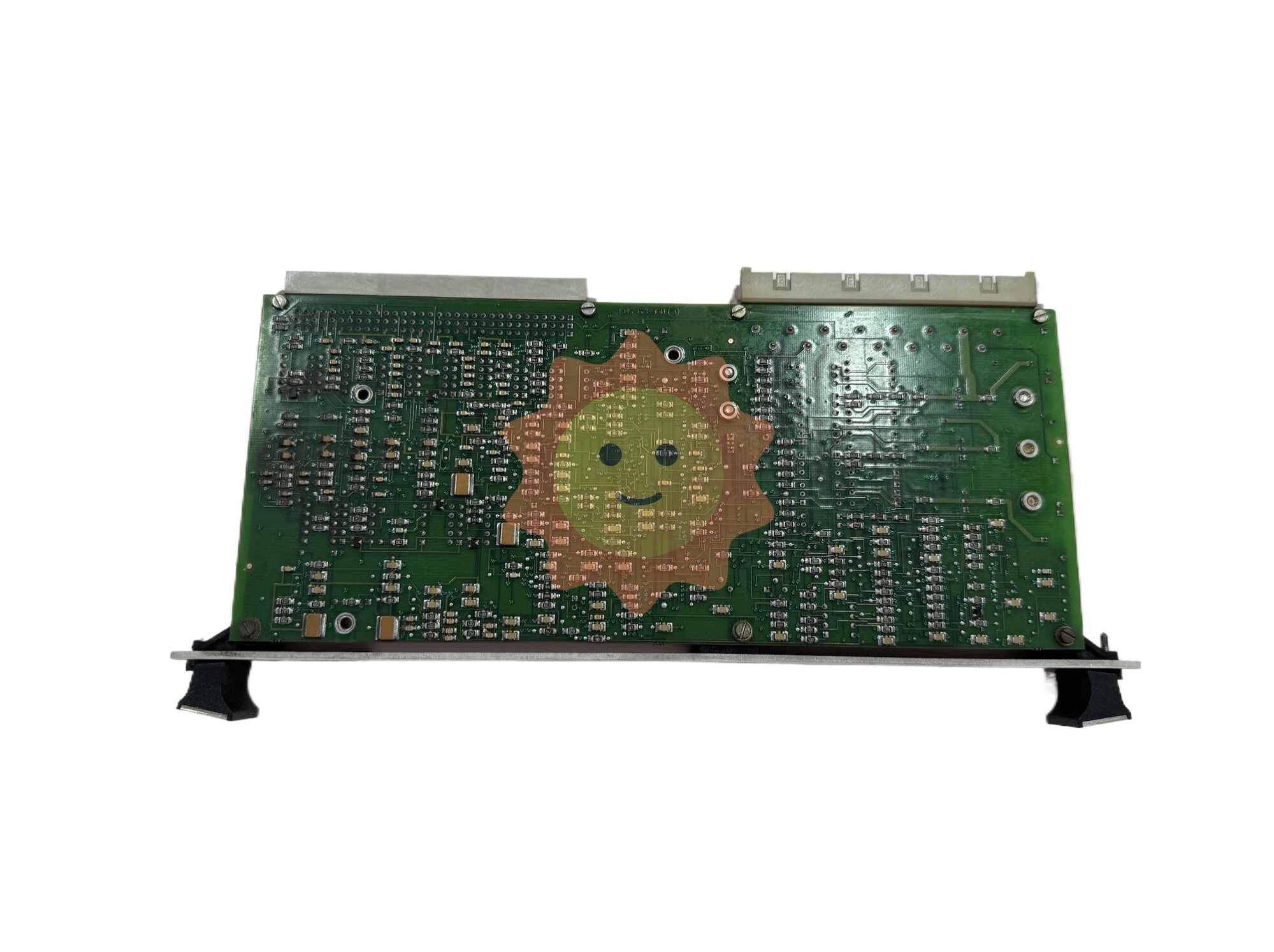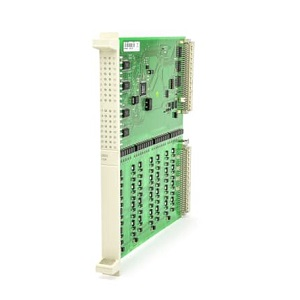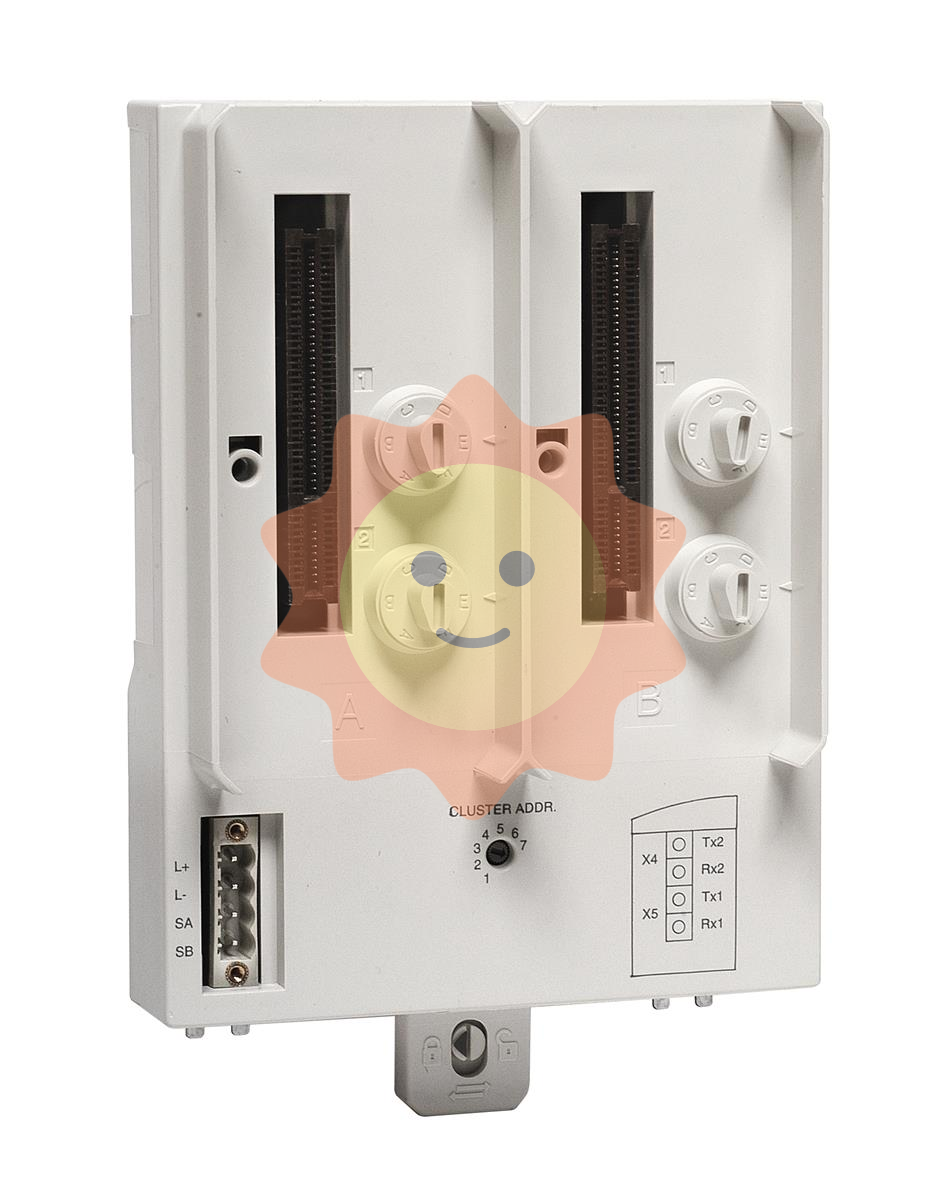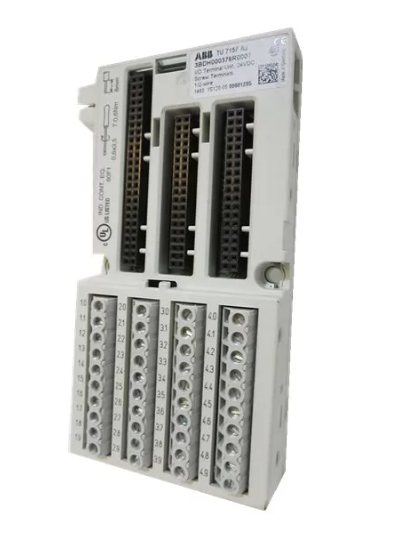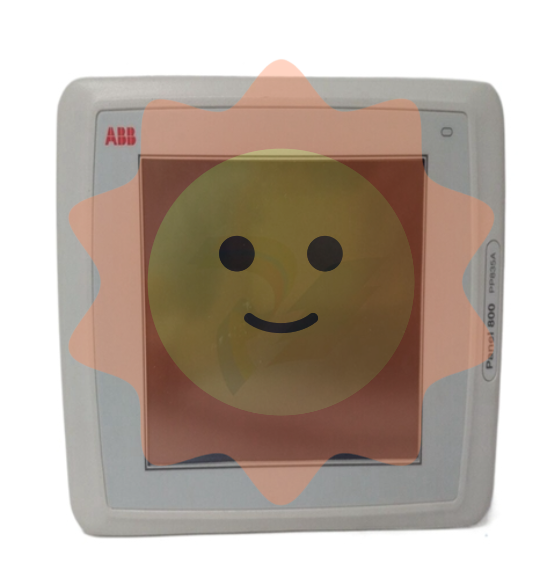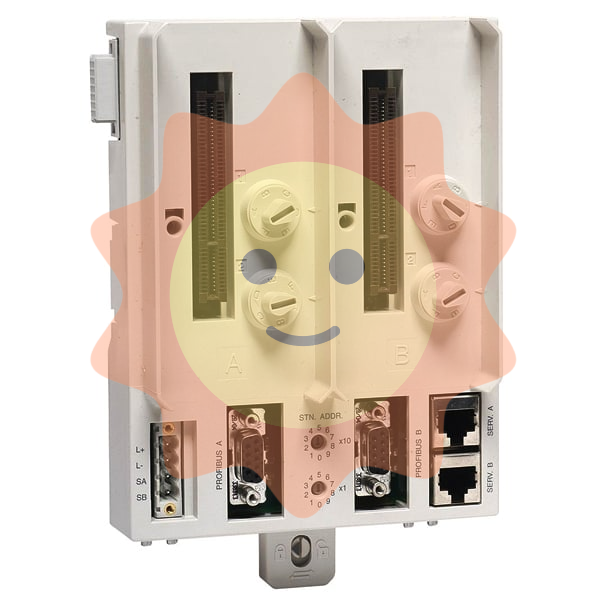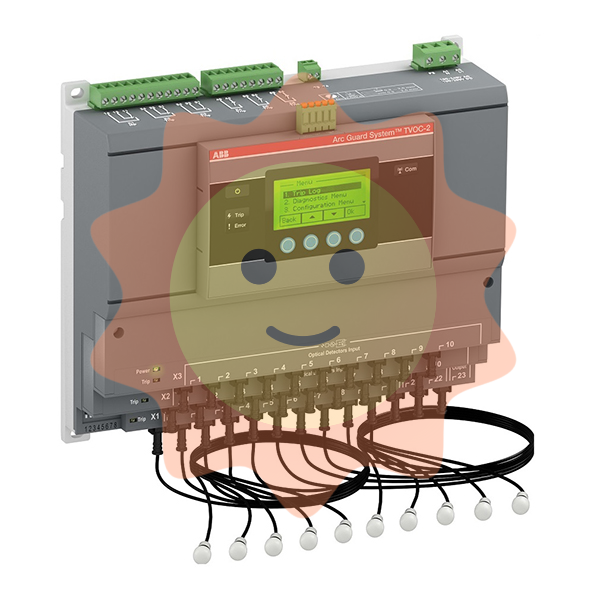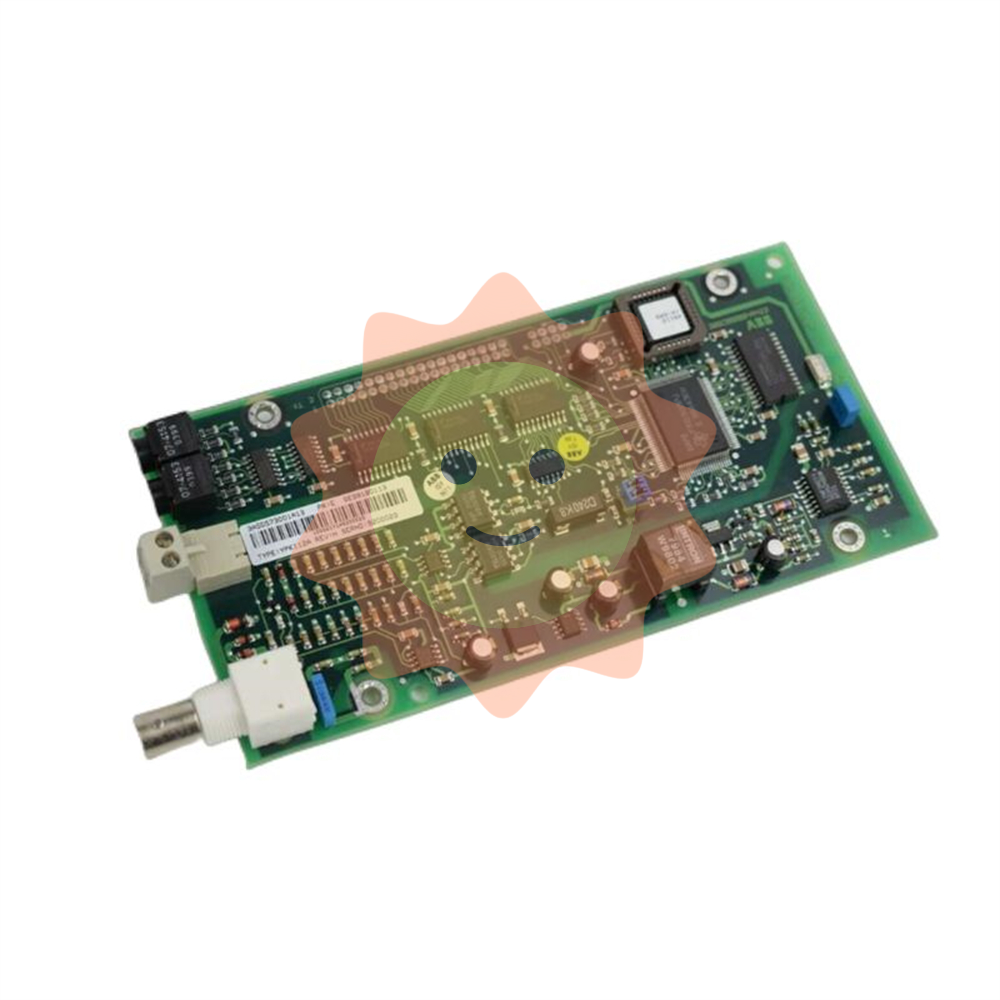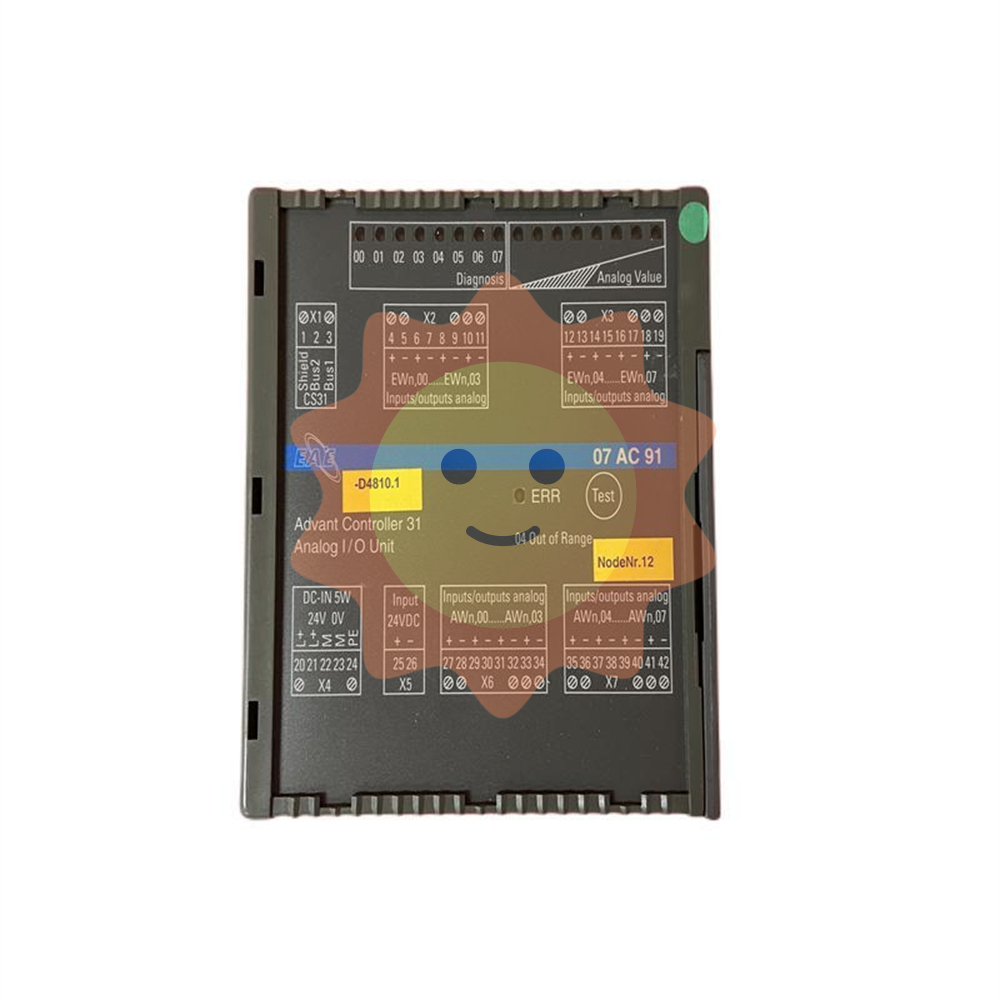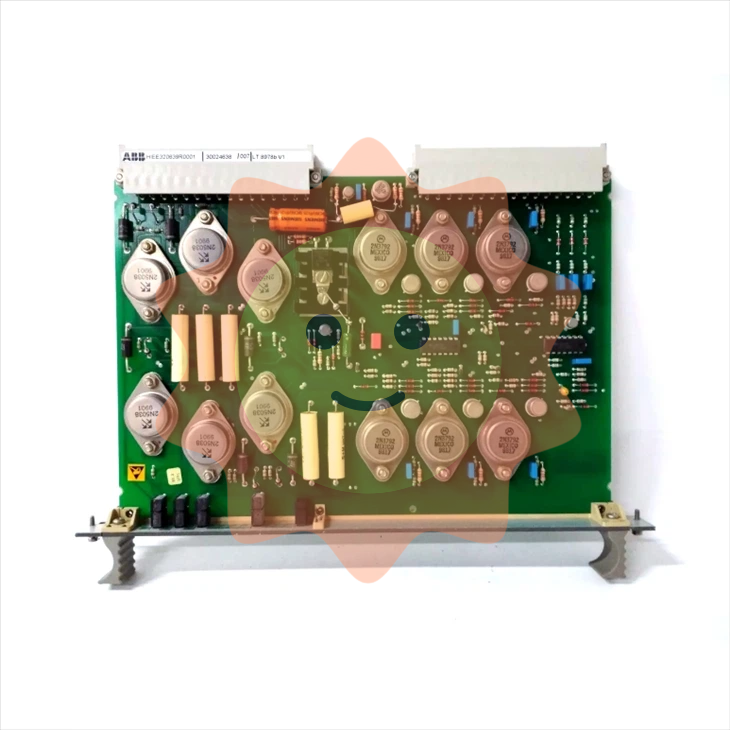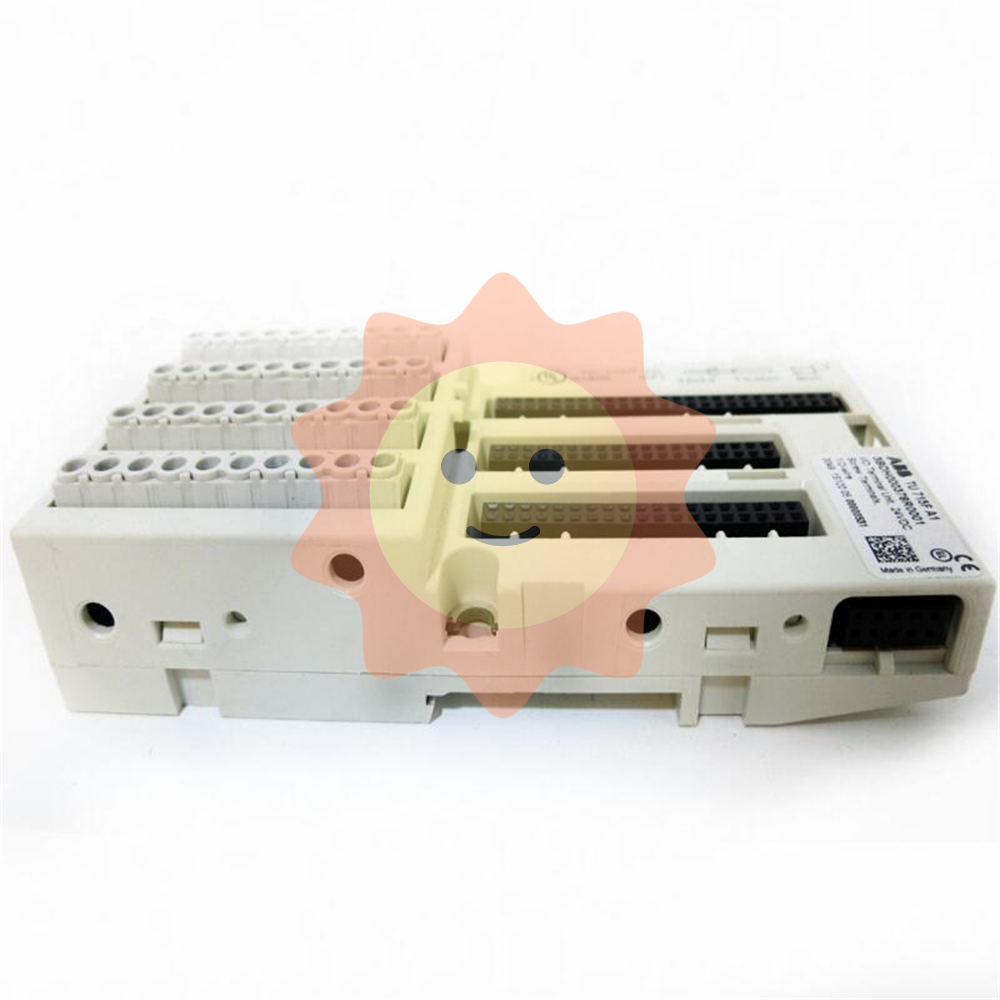YOKOGAWA FG410/FG420 arbitrary waveform editor
YOKOGAWA FG410/FG420 arbitrary waveform editor
Software positioning and core purpose
FG410/FG420 Arbitrary Waveform Editor is a specialized software running on the Windows system. Its core function is to generate and edit arbitrary waveforms through graphical operations, and transmit waveform data and parameter configurations to FG410/FG420 instruments through USB interfaces, without the need to manually write instrument instructions. The main applications include:
Generate standard waveforms (sine, square, triangular, etc.) and custom waveforms (through numerical expressions, interpolation, parameter variables, etc.).
Edit waveforms (compression/expansion, stacking operations, cutting and pasting, etc.) to meet the requirements of complex signal simulation.
Synchronize waveform data and oscillator parameters (frequency, amplitude, offset, etc.) with FG410/FG420 to achieve rapid testing deployment.
oftware installation and environmental requirements
1. Hardware and system requirements
Before installation, it is necessary to confirm that the PC meets the following conditions, otherwise it may cause abnormal software operation:
Project Requirements Explanation
The operating systems Windows 10 (32/64 bit) and Windows 11 do not support Windows XP/Vista/7/8 and tablet mode
At least 10MB of free hard disk space for software installation and waveform file storage
Display resolution of 1024 × 768 pixels or above, 256 colors or above to ensure clear waveform display, and complete operation interface
Hardware interface USB interface is used for communication with FG410/FG420 instruments
Other CD drives (only required for installation), administrator privileges are required to install/uninstall software to avoid failure due to insufficient privileges
2. Installation process
(1) USB driver installation (essential steps)
The communication between the software and FG410/FG420 relies on the NI-VISA driver (verified to be compatible with NI-VISA version 16.0). If the PC does not have VISA environment installed, the driver needs to be installed first:
Insert the FG410/FG420 product CD and run the installation program in the "English Drivers NI-VISA" path on the CD.
Follow the on-screen prompts to complete the installation, restart the PC for the driver to take effect.
If using GPIB interface, first set the FG410/FG420 remote interface to USB, and then perform the above steps (refer to the FG410/FG420 Communication Interface Manual).
(2) Software installation
Insert the product CD and run "English Application ARB-EDIT Setup. EXE" (or enter the path through "Start Menu → Run", such as "D: English Application ARB-EDIT Setup. EXE", where "D:" is the CD drive letter).
Click "Next" and follow the prompts to complete the installation. The default installation path can be customized.
After installation, start the software through "Start Menu → YOKOGAWA → ARB-Edit".
(3) Unloading process
Open "Control Panel ->Programs and Features" and find "ARB Edit Software".
Right click and select 'Uninstall', follow the prompts to complete the operation; If there are any remaining installation folders, they can be manually deleted (self created files in the folder need to be backed up in advance).

Core functions and operating procedures
1. Software interface and basic operations
The main interface of the software is the "waveform display screen", which includes a title bar, menu bar, toolbar, waveform display area, and parameter setting area. It supports the following basic operations:
Scaling and scrolling: Vertical scaling (1:1~1:256), horizontal scaling (1:1~1:128), after scaling, the waveform can be viewed in its entirety through the scrollbar.
Marking and Range Selection: Mark the waveform range using Marker A/B (supports numerical input positioning, with higher accuracy than mouse dragging) for editing, copying, and other operations (selection range is "Marker A ≤ X<Marker B").
Clipboard operation: Supports Ctrl+C (copy), Ctrl+X (cut), Ctrl+V (paste), Ctrl+D (delete), waveform data is temporarily stored on the clipboard in 16 bit integer format (-32768~+32767), and can interact with other applications such as Notepad and Excel.
Revoke/Redo: Use "Edit → undo" (Ctrl+U) to undo the previous operation, and "Edit → Redo" to restore the undo operation. Only single undo/redo is supported.
2. Waveform generation function
The software supports 5 core waveform generation methods, covering requirements from standard signals to custom complex signals:
(1) Standard waveform generation
Generate standard waveforms such as sine, square, triangular, noise, DC, etc. through the "waveform generation screen". The operation steps are as follows:
Click the "fx" button on the toolbar (or "Tools → Wave Create") to open the waveform generation screen.
Select the waveform type (such as "Triangle") from the "Function" drop-down menu.
Set parameters (such as setting the symmetry of triangular wave "Symmetry" to 30% and the duty cycle of square wave "DutyLatio" to 40%).
- EMERSON
- Honeywell
- CTI
- Rolls-Royce
- General Electric
- Woodward
- Yaskawa
- xYCOM
- Motorola
- Siemens
- Rockwell
- ABB
- B&R
- HIMA
- Construction site
- electricity
- Automobile market
- PLC
- DCS
- Motor drivers
- VSD
- Implications
- cement
- CO2
- CEM
- methane
- Artificial intelligence
- Titanic
- Solar energy
- Hydrogen fuel cell
- Hydrogen and fuel cells
- Hydrogen and oxygen fuel cells
- tyre
- Chemical fiber
- dynamo
- corpuscle
- Pulp and paper
- printing
- fossil
- FANUC
- Food and beverage
- Life science
- Sewage treatment
- Personal care
- electricity
- boats
- infrastructure
- Automobile industry
- metallurgy
- Nuclear power generation
- Geothermal power generation
- Water and wastewater
- Infrastructure construction
- Mine hazard
- steel
- papermaking
- Natural gas industry
- Infrastructure construction
- Power and energy
- Rubber and plastic
- Renewable energy
- pharmacy
- mining
- Plastic industry
- Schneider
- Kongsberg
- NI
- Wind energy
- International petroleum
- International new energy network
- gas
- WATLOW
- ProSoft
- SEW
- wind
- ADVANCED
- Reliance
- YOKOGAWA
- TRICONEX
- FOXBORO
- METSO
- MAN
- Advantest
- ADVANCED
- ALSTOM
- Control Wave
- AB
- AMAT
- STUDER
- KONGSBERG
- MOTOROLA
- DANAHER MOTION
- Bently
- Galil
- EATON
- MOLEX
- Triconex
- DEIF
- B&W
- ZYGO
- Aerotech
- DANFOSS
- KOLLMORGEN
- Beijer
- Endress+Hauser
- MOOG
- KB
- Moxa
- Rexroth


Email:wang@kongjiangauto.com

